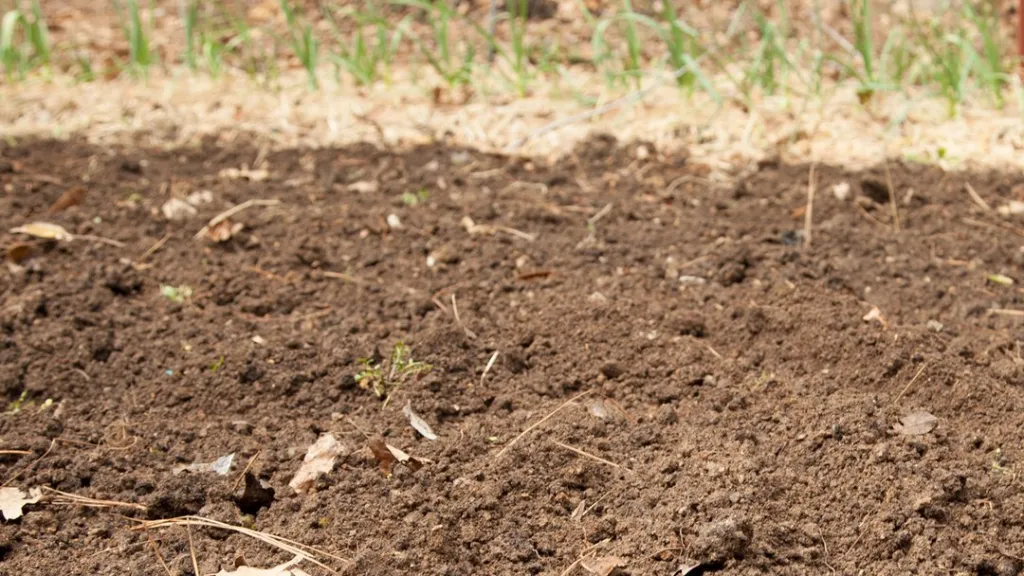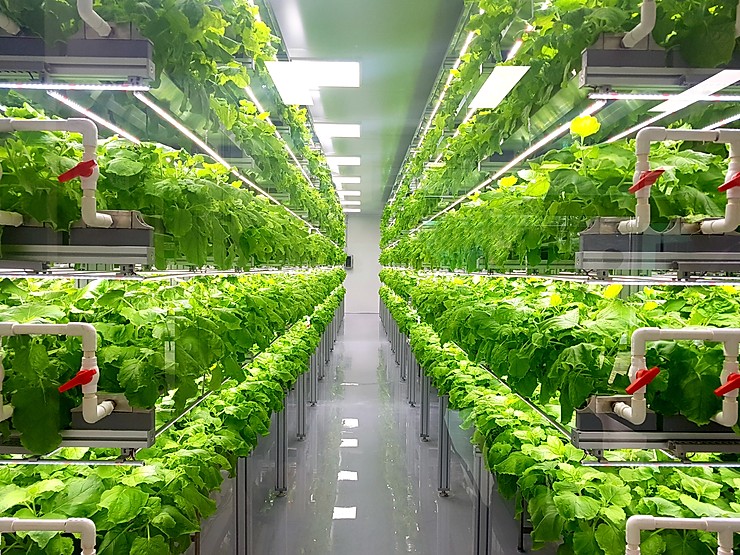You probably know that healthy soil is important to grow healthy plants. If you’ve ever bought fertilizer or tested your soil, you’re familiar with the primary “N-P-K”, and maybe you even know about secondary nutrients and micronutrients. But there’s another side to soil chemistry that can be a little trickier to understand: pH. The Chemistry of Soil pH Soil pH is a measurement of the acidity or alkalinity of the soil. Neutral pH is 7.0; larger numbers are alkaline (also called “sweet soil”), and smaller numbers are acidic (or “sour soil”). Chemically speaking, pH is a measure of “free” Hydrogen ions (H+), which are not yet bound to any chemical compounds in the soil. More H+ calculates as lower or more acidic pH. Most plants prefer a slightly acidic soil around 6.8. Some plants, such as blueberries and azaleas, like an even more acidic soil in the range of 4.1 to 5.0. Few plants prefer alkaline soil, though some are more tolerant of a high pH, such as mock orange, locust, and chicory.

An important but often overlooked mathematical fact about pH is that the values are “logarithmic.” For those of us that no longer remember trigonometry, this means that a pH of 5 is 10 times more acidic than a pH of 6, but 100 times more acidic than 7. Practically speaking, this means that small changes in pH numbers are actually large changes in the soil chemistry. Fortunately, getting the pH exactly right is not essential. All plants have a range of pH in which they can grow, although they do best at a specific pH level. Some plants tolerate a larger range of pH than others, so if your soil is less than perfect you may want to select from these tolerant plants. Good choices include serviceberry, hydrangea, bleeding hearts, ferns, and potatoes. Life in Balance It’s not just plants that need a healthy soil pH. Everything in the soil is affected by the levels of free hydrogen ions, especially microorganisms such as mycorrhizae and bacteria (both beneficial and disease-causing). Microorganisms that benefit plants tend to have the same pH requirements as the plants themselves. For example, both the beneficial bacteria that fix nitrogen in legumes and the legumes themselves prefer a range of 6.0 to 6.8. Many disease-causing organisms thrive in excessively acidic or alkaline soil. Further, the plant’s health is weakened when grown in suboptimal pH, making it even easier for plants grown in such soil to become diseased.

pH also affects the availability of nutrients in the soil, because the H+ will bind to the other nutrients and thus alter their chemical structure. If your pH is out of balance, your plants may not be able to use the nitrogen in the soil, even if you apply an excessive amount. Hydrangeas, for example, change bloom color at different pH levels, in large part due to the changing availability of aluminum. Alkaline soils tend to be deficient in iron, copper, zinc and boron; acidic soils tend to be deficient in calcium, magnesium, and molybdenum. Naturally Changing Conditions The pH of your soil is constantly changing in response to the environment and the activity in your garden. For example, the decomposition of organic matter, addition of rainwater, and even root respiration result in the release of H+ ions into the soil, naturally decreasing pH and thus making the soil more acidic. Organic matter has a buffering effect on the soil, meaning that it makes the soil resistant to changes in pH. This is typically a good thing for your soil, as buffered soil is less likely to experience unhealthy swings in pH that could damage sensitive plants and microorganisms. However, it can make your job more challenging if you are actively trying to change the pH. Adjusting Your Soil’s pH

To adjust soil that is too acidic, you can add alkaline soil amendments such as limestone, oystershell, or dolomite lime. To adjust soil that is too alkaline, add acidic soil amendments such as cottonseed meal, an “acid-lovers mix,” or soil sulfur. Follow the guidelines on your soil amendment packaging, but be ready to adjust application levels if needed, as some soil types are more resistant to pH change than others. Remember not to overdo it, as it is much easier and healthier for your soil to bring it closer and closer to perfect over time rather than fluctuating between too acidic and too alkaline. Also, quick and large changes in pH can harm the beneficial microorganisms in your soil. For a more in depth look at the chemistry of soil pH, contact Green Amazon




